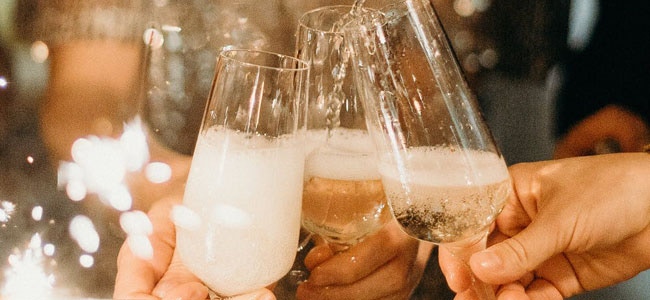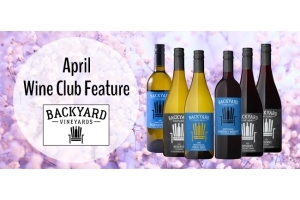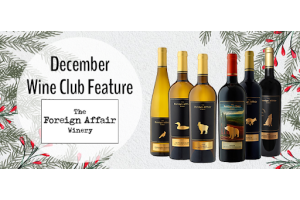Sparkling a Wine, Traditionally

So, for sparkling wine, do they just carbonate regular wine?
Yeah, actually, on many occasions winemakers do actually inject carbon dioxide into a still wine to make a lighter, fizzy wine that’s approachable in style, and easily quaffable. Here in British Columbia, 8th Generation makes a white sparkling that way, known as their Integrity, composed of Chardonnay, Pinot Gris, Gewurztraminer and Pinot Blanc, that’s become a summertime favourite around these parts. It’s not meant to be super-serious, rather a cheerful summertime tipple that bursts with a good dose of citrus fizz, and is remarkable with a wide array of casual eats.
But when we’re talking the ‘traditional method’ of making sparkling wine, also known as the Champagne method if that’s its provenance, it’s almost a completely different process. I say ‘almost,’ because you do start with an already-made still white wine just the same. It can be made from any grape variety or blend, but the traditional grapes used in the sparkling Mecca of Champagne are Chardonnay, Pinot Noir and/or Pinot Meunier.
So, when you’re making a regular, ‘still’ wine you have your natural, sugary grape juice and then you either add yeast or let it spend time with the grape’s natural yeast. When everything mixes under the right temperature conditions, you have a few byproducts from when the yeast consumes the sugar. The first is alcohol (Hooray!). The second is a decent amount of carbon dioxide, which will blow off into the atmosphere of the winery. The third will be a wee bit of sulfur dioxide, which will also blow off, but there will always be some trace elements left in the wine. Sulfur dioxide (SO2) is the same thing as sulfites, which will always be subtly present in wine. Yup, they do often get added at the end of the process to aid in a wine’s stability, but the point I’m trying to make here is that all wines that have gone through the fermentation process (so basically, all wines) have sulfites. That’s staring to get off topic, but it seems a good time and place to clarify that, I promise you, all wines have sulfites.
For a wine to go through the traditional method to become a sparkling wine, once the still wine is made, you simply add a little more yeast and a little more sugar, which basically jump-starts the whole fermentation process again. Before the process begins though, the bottle is sealed with a crown cap, no different than a beer, so that once that second fermentation begins, the carbon dioxide has nowhere to go except to be pressurized within. Boom! There are your bubbles. After many months of those bottles being placed top-downward in racks and turned every so often (“riddling”), the spent yeast bits that the wine’s been sitting on get ‘disgorged’ from the bottle after the neck’s been plunged in a freezing solution. The bottle then gets re-sealed and - TA-DA! - you have your bottle of traditional method sparkling. That extra time with the spent yeast, also known as the lees, is what gives these kinds of wines those lovely, fresh-baked-bread notes on the nose.
It’s a lot of work, but a method that’s proven itself through many generations. Next time you grab yourself a bottle of the stuff, whether from Summerhill in Kelowna, Bella in Naramata, or L’Acadie Vineyards in Gaspereau, NS be sure to also raise a glass to their efforts!
Kurtis Kolt is a Vancouver-based wine consultant, writer, competition judge and enthusiast. He’s not half as fancy/boring as that sounds. He Tweets and Instagrams @KurtisKolt.





